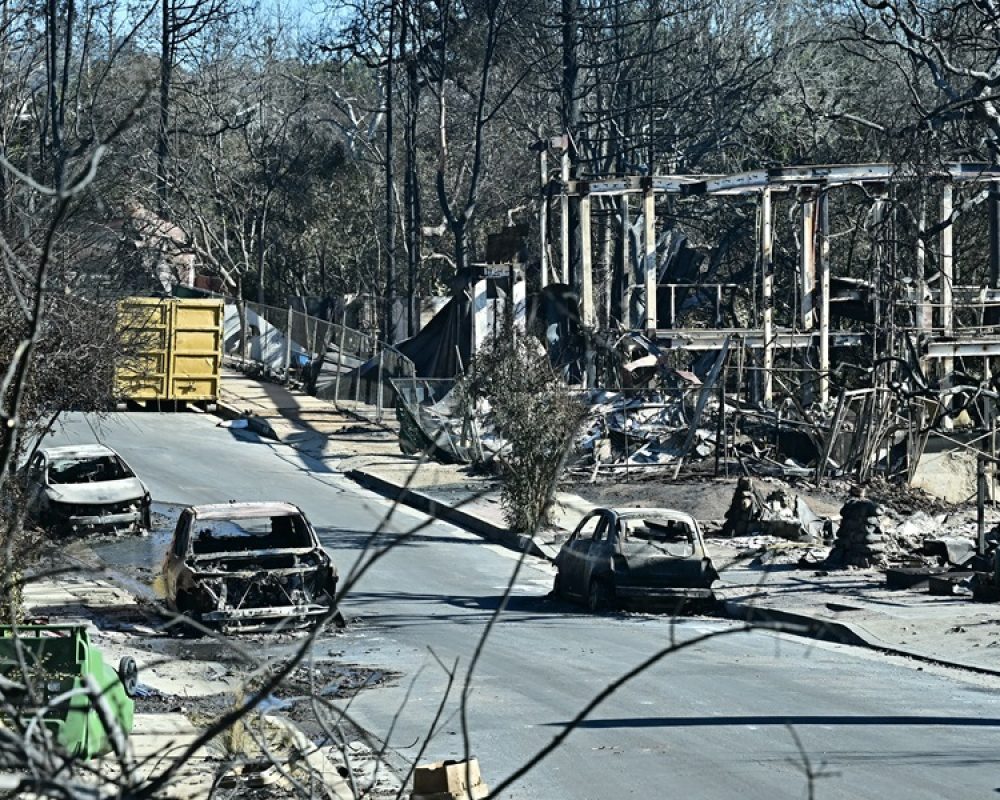The gravity of the situation prompted action in September 2023. Governor Gavin Newsom signed an executive order urging the state’s Insurance Commissioner, Ricardo Lara, to implement sweeping changes. Dubbed the Sustainable Insurance Strategy, these reforms are designed to stabilize California’s insurance market while adapting to modern risks.
Key Components
1. Expedited Rate Reviews
The reform prioritizes speeding up the rate approval process, which currently takes over a year in some cases. Commissioner Lara committed to a 60-day timeline, with provisions for two 30-day extensions if necessary. This shift aims to ease insurers’ ability to adjust rates in response to evolving market conditions.
2. Forward-Looking Catastrophe Modeling
Insurers can now include predictive modeling to estimate future risks when submitting rate increase requests. This marks a significant departure from relying solely on historical data. These models assess variables like climate trends and wildfire exposure, offering a more comprehensive risk calculation. However, given concerns about transparency and fairness, insurers must get state approval for their models. To address this issue, the state is also developing a public catastrophe model to ensure accountability.
FAIR Plan Modernization
California’s FAIR Plan, the state-run insurer of last resort, has historically provided minimal coverage at high costs. Under the new reforms, its offerings will expand to better serve commercial and residential policyholders, particularly in high-risk areas. However, these changes could generate higher rates for all homeowners, as FAIR Plan deficits may be recouped through public assessments.





